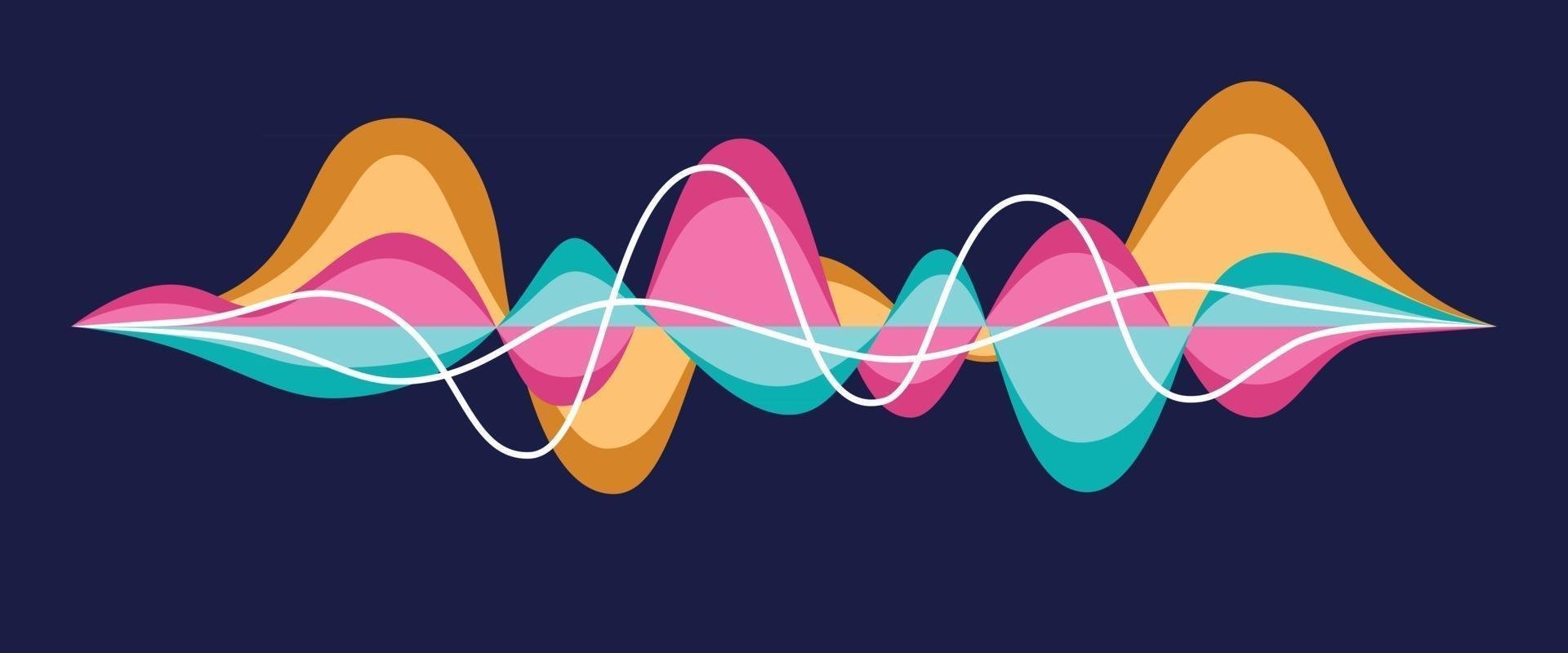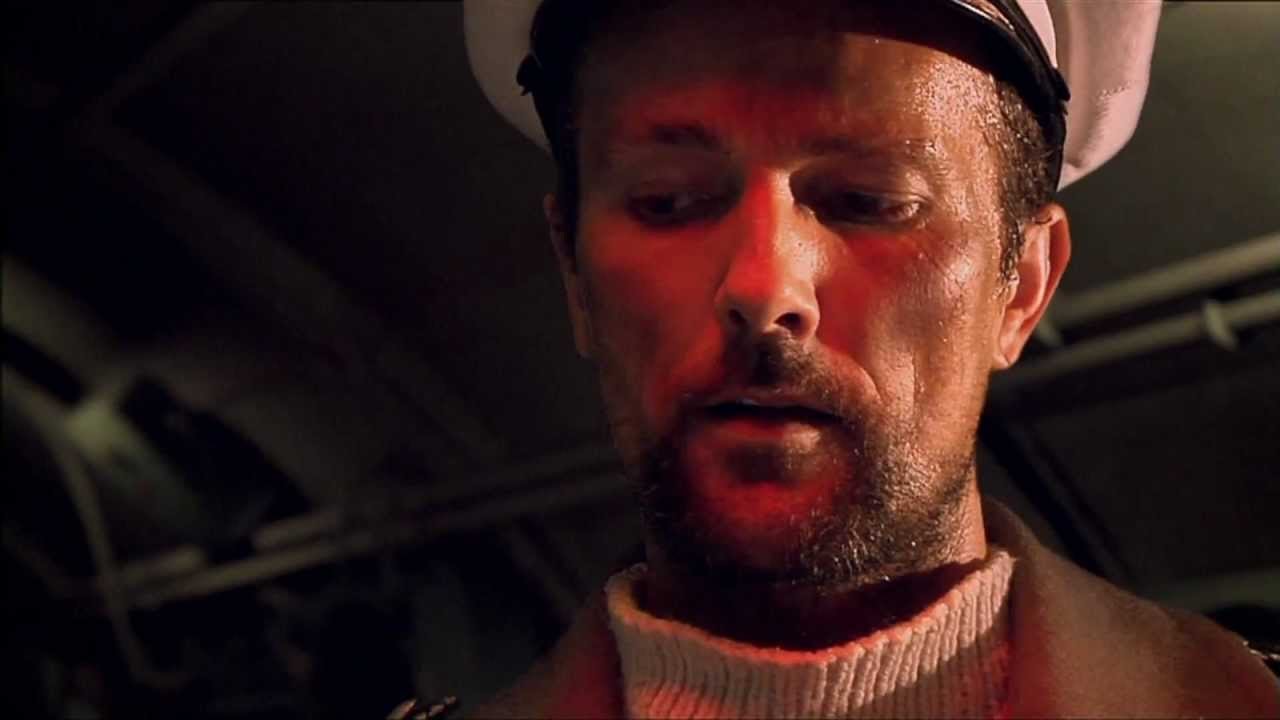The Importance of Sound Effects for Filmmakers
When it comes to filmmaking, sound effects are often overlooked despite their indisputable importance. A movie without sound effects would be a lifeless, dull experience for viewers – absolutely no fun to watch! Even the most visually stunning films need these audible cues to bring stories to life.
In order to capture great sound, it all starts with the device. There are various options filmmakers can use to capture sound effects to suit short films, YouTube videos, features and documentaries, which we can cover in this article, or there's always the ability to add sound effects from a reputable online library.
Sound Effects Help Tell a Story
Before diving into the key technical aspects, it's important to understand how sound effects help immerse viewers in the story by providing subtle cues about what's going on in a scene or what characters think or feel without explicitly saying it. For example, if two characters are in a fight scene but don't say anything, having appropriate background music or sound effects will let viewers know something is wrong and create tension even without speaking words.
Another reason sound effects are so important is that they help establish continuity between scenes. If you have one scene with a plane taking off and then another with no background noise, it can really disrupt the viewer's experience and make them feel like something is missing from the movie. This is why many filmmakers use ambient noise, such as birds chirping or people talking, to maintain continuity between different shots and locations throughout their movie.
Sound effects add another layer of depth and emotion to the film that cannot be achieved through visuals alone. To master the craft, a recorder, microphone or mixer is best for production work, whereas stock effects or music excel in post-production.
Recorders: A Popular Choice for Ambient On-The-Go Filming
The first piece of audio equipment you'll need is a recorder. This device records sound from microphones and other sources and stores it as digital files on an SD card or external hard drive. Many recorders are designed specifically for filmmakers and offer features like dual recording, timecode synchronisation, and quick access buttons that make capturing audio easier than ever before. Some popular models include Zoom's H6 Handy Recorder and Tascam's DR-05X Portable Digital Recorder.
Microphones: An Essential For Any Production
The second essential audio equipment is a microphone (or several). These devices pick up sound from your environment and convert it into electrical signals that your recorder can record. For most applications, condenser microphones are best because they capture sounds with greater detail than dynamic microphones so that you will get all crucial details during filming. Popular options include Rode's NTG4+ Shotgun Microphone and Shure's MV88 iOS Digital Stereo Condenser Microphone.
Mixers: For Larger Productions with Multiple Sources
Finally, mixers are also useful for filmmakers who want to combine multiple sources into one track. A mixer allows you to control the levels of each source individually so that they don't overpower each other in the final product - which can be incredibly helpful when recording dialogue or ambience in challenging environments such as crowded restaurants or busy streetscapes. Production crews prefer using Behringer's XENYX Q802USB Mixer and Mackie's PROFX8V2 8-Channel Effects Mixer with USB Interface & FX Processor.
How to Find Great Sound Effects
There are numerous sources for finding great sound effects for your movie, both online and offline. Many filmmakers prefer buying professional libraries of high-quality sounds they can use in their films; however, there are plenty of free options if you know where to look! You can find free sound libraries on websites such as Videvo, which offer thousands of royalty-free sounds for anyone who needs them. Additionally, many audio production software programs also come with built-in libraries of sounds that you can use in your film projects.
Sound Effect Examples To Drive Inspiration
If you are new to filmmaking, understanding what sound effects to use can be a stretch. Getting in the mind of a foley artist or sound effects artist is one of the best ways to unlock creativity. To do this, we need to turn back time and look at some classic iconic examples of where sound effects shine in short films - each one includes a selection of sound effects you wouldn't normally associate collating with the visual; however, you'll find it's aligning with the emotion that's the key point.
Das Tub (2009) – the submarine sounds
The hilarious short Das Tub only works because the sound design is fantastic. Almost every sound the submarine makes is an effect made in post - from the hum of the propeller, to the radar sounds. The contrast between the tense music and realistic submarine sound effects and the film’s ultimate twist, makes the comedy all the better.
Two Cars, One Night – ambience
Taika’s Waititi’s breakthrough short film cleverly uses ambient sound effects to build a world. The film is set in the carpark of a pub, and by using pub sound effects like laughter and talking, the film doesn’t need to show there’s a bustling pub just off screen. It’s a clever use of sound to build a bigger world in the audience’s mind, without having to go to the trouble (and expense) of shooting in the pub.
Digits – phone sound effects
This deceptively simple short film uses an amazing array of sound effects to bring to life a man making calls on a phone. Sounds like pushing buttons, and scrawling on paper, are crucial to making the short feel energetic and alive.
Final Thoughts
At the end of the day, sound effects play an essential role in making a great film - mastering how to use them effectively takes practice. When choosing which sounds will best fit your project, take some time to listen closely and think about what emotions each effect might evoke for viewers before deciding which one is best for your specific scene.
With careful planning and research into finding quality sounds that fit your project perfectly, you can create an immersive experience that’ll make a great short film.
Written by Carlos Carrión von Reckow.



